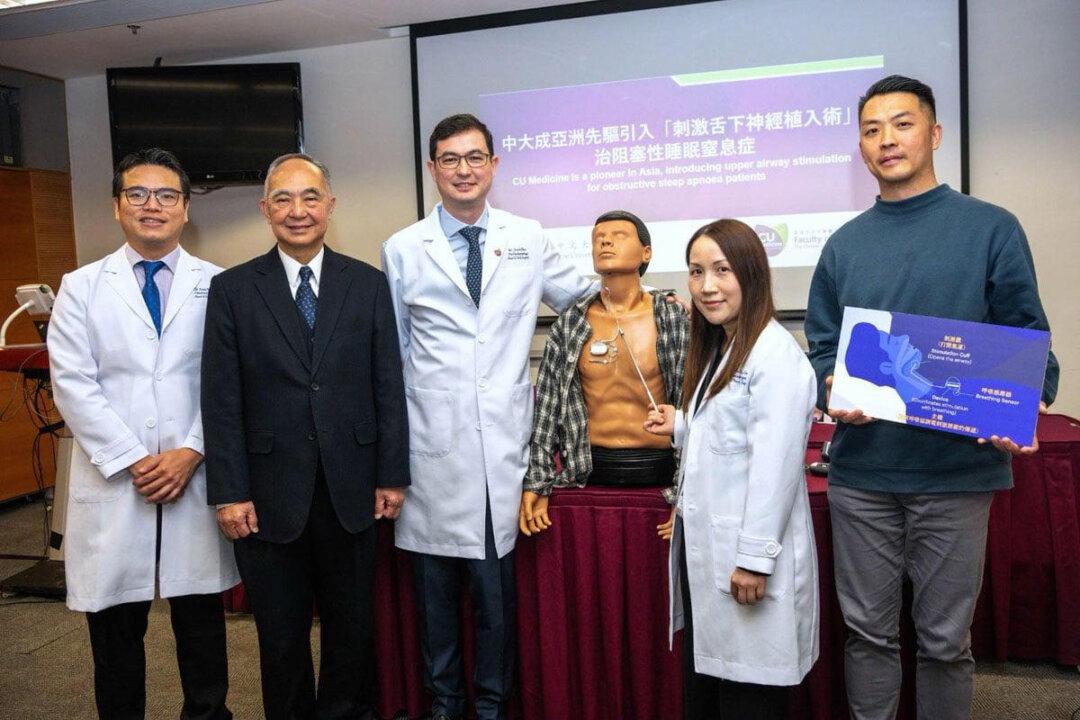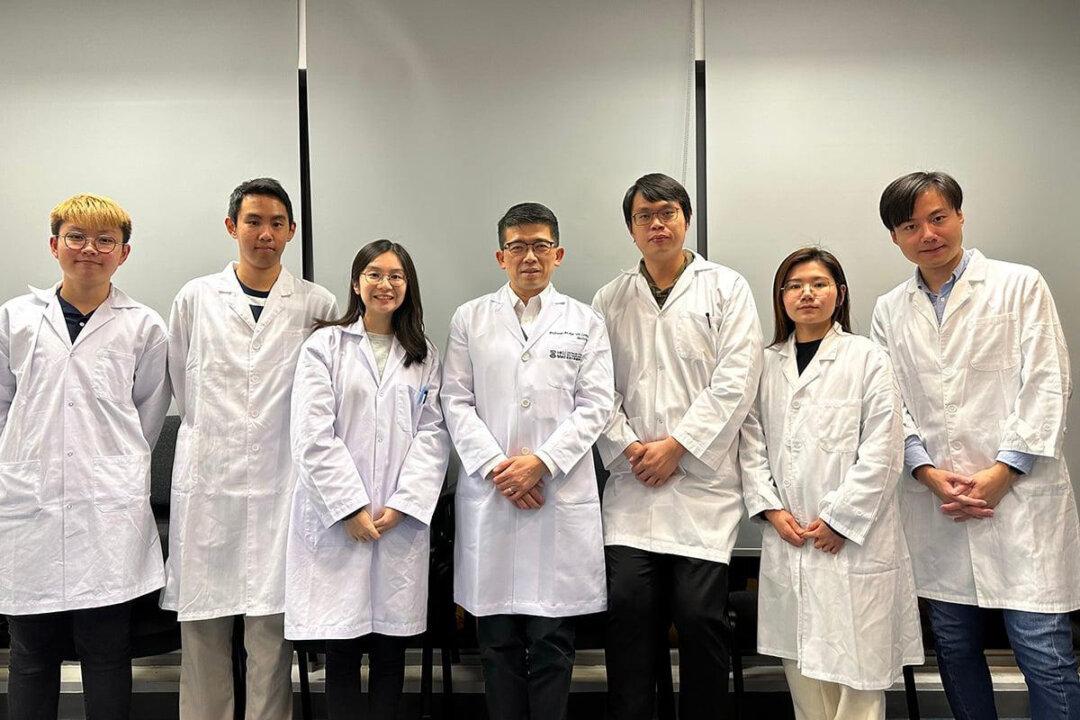To alleviate Obstructive Sleep Apnea (OSA), a procedure of Upper Airway Stimulation has been introduced in Hong Kong by the Chinese University of Hong Kong (CUHK). This is achieved by inserting a ‘Hypoglossal Nerve Stimulation Implant’ into the chest of the patient. Although this is a well-established procedure in the U.S., Hong Kong is only the third location in Asia to pioneer this procedure, following Japan and Singapore. The CUHK team introduced this technology last year and has completed three such operations so far, successfully improving the patients’ sleep apnea condition.
OSA is a common breathing condition during sleep. The upper respiratory tract muscles of the patient tend to relax during sleep, causing them to be blocked and depriving the patient of proper oxygen supply. This makes it difficult for patients to enter a deep sleep state and gain adequate rest, resulting in daytime drowsiness, difficulty concentrating, and even experiencing symptoms such as memory loss.




